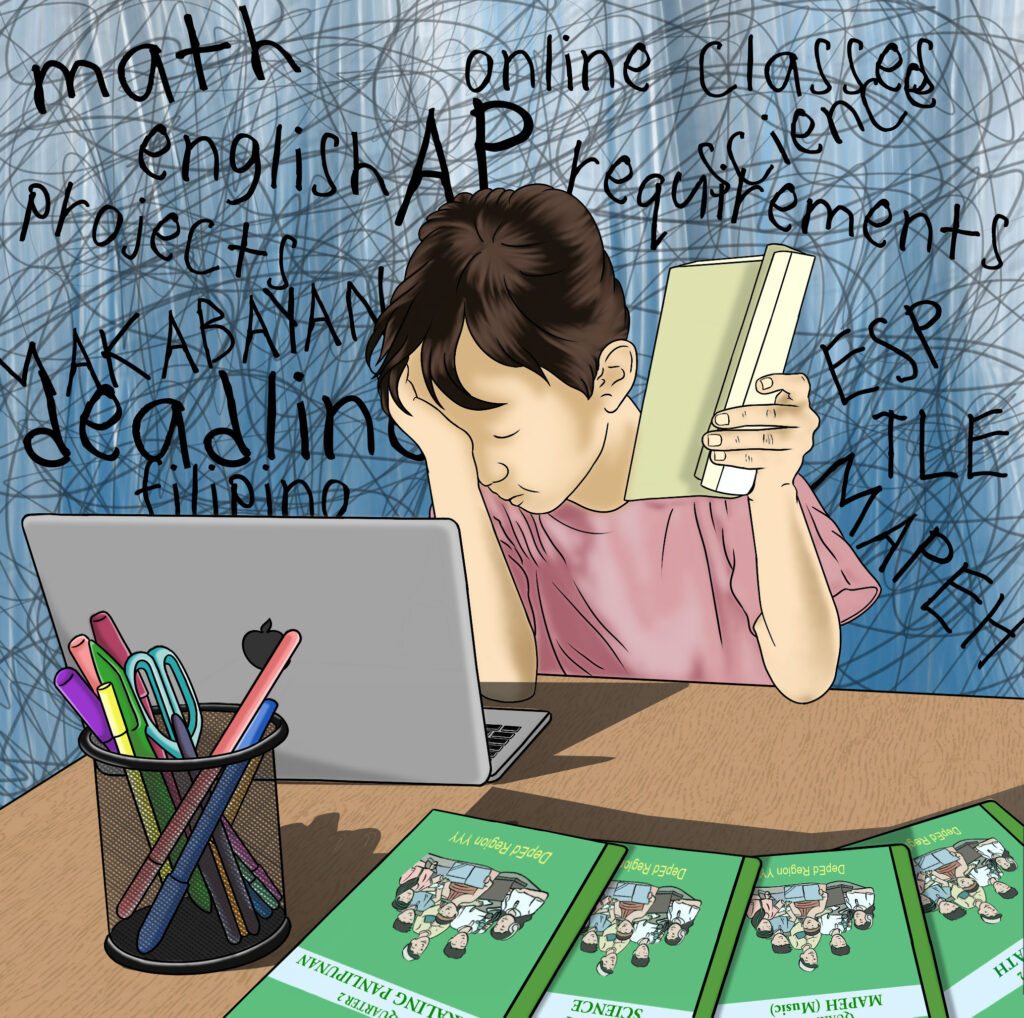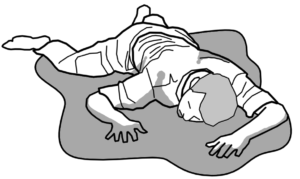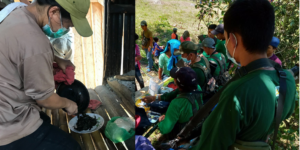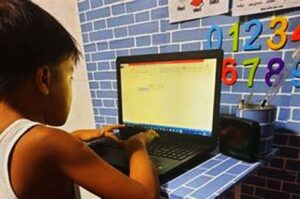Effect of the failed blended learning system: Disinterest and low level of learning


The Duterte regime has allowed this February the reopening of classes in universities and colleges offering medical-related courses. These include the University of the Philippines-Philippine General Hospital, University of Sto. Tomas and Centro Escolar University. But how about other schools?
The government still has no comprehensive plan for the safe reopening of schools for majority of children in the country. While its economic managers railroad the reopening of cinemas, sports hubs and other places for entertainment, it continues to hesitate to reopen schools even in areas with low cases of infection.
Sec. Leonor Briones of the Department of Education (DepEd) herself admitted last February 16 that 50% of students said they want to return to face-to-face learning. In an earlier survey by the Movement for Safe, Equitable, Quality and Relevant Education, a teachers and parents alliance advocating safe reopening of schools, 54% of teachers said a significant number of students could no longer follow online classes and lessons.
Among them is Lester, a Grade 4 public school student currently enrolled under the modular learning system. “I do not understand some of the lessons because we are on our own in answering the modules,” he said. He only uses Facebook Messenger to consult his classmates and teachers on lessons he cannot understand.
He allots up to four hours per day during weekdays to answer the modules. “I’m lucky because my parents and cousins sometimes help me.” The erroneous content and slow distribution of modules further burdens him.
The Alliance of Concerned Teachers (ACT) asserts that the diminishing number of students can be resolved with limited and safe face-to-face classes while implementing distance learning in other places.
“The current blended learning system, unsupported by adequate funds, is not sufficient to address the needs of students until the next academic year,” said ACT.
Jane, a Grade 2 teacher, said only 12 of her 23 students regularly participate in online classes. Many are unable to attend classes because they have no or slow internet connection. She said not all parents can avail of internet services.
Teacher Elsa thinks that students can only understand 20% of the lessons under the current learning system. She also noticed the decreasing number of participants in her online classes. The number of absentees increased from only five per session in the beginning, to more than half this January.
Meanwhile, more and more students are also becoming disinterested in learning as they stare at gadgets all the time, with no physical interaction. They sorely miss face-to-face classes as well as physically relating with their friends and teachers.
Jona, a grade 8 student, said that “it is difficult to focus while at home. There is no clear boundary between home and school.” She allots 4-6 hours daily for her studies, and sometimes less when she is sleepy or gets bored.
When asked if she wants to go back to school, she responded: “of course.” She said that it feels different to study in classrooms. “It is easier to consult teachers, and students can interact with their classmates.”
This was also the response of other students who already want to go back to school. Joel, another student, that he already misses school activities and programs, as well as playing with his friends.”
The ACT Teachers said that in implementing limited physical classes, the government must ensure that there are health facilities and workers in schools, and prioritize the inoculation of education frontliners.
This program will require an additional budget of ₱2 billion, on top of the ₱13 billion slashed from the proposed DepEd budget for 2021.













